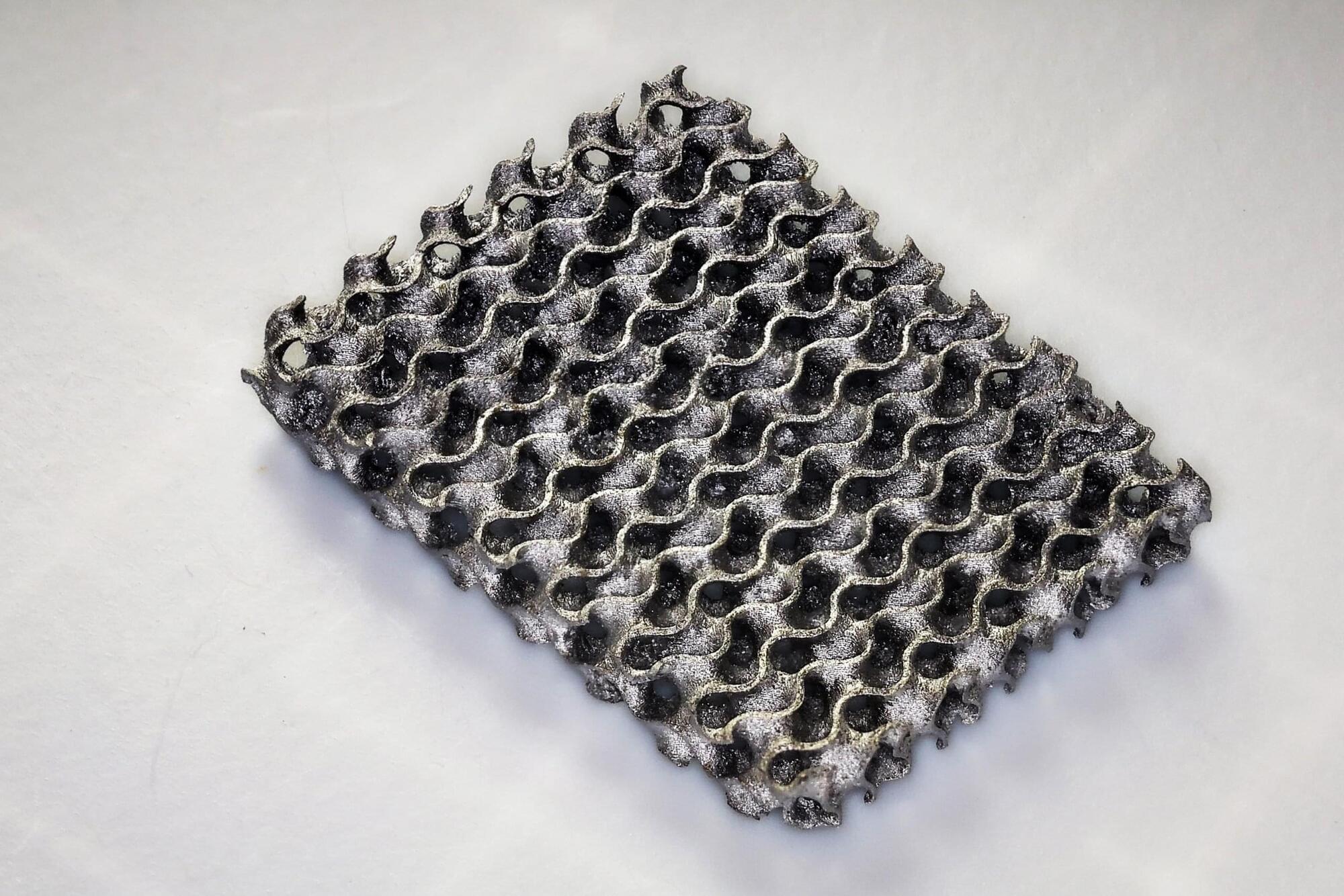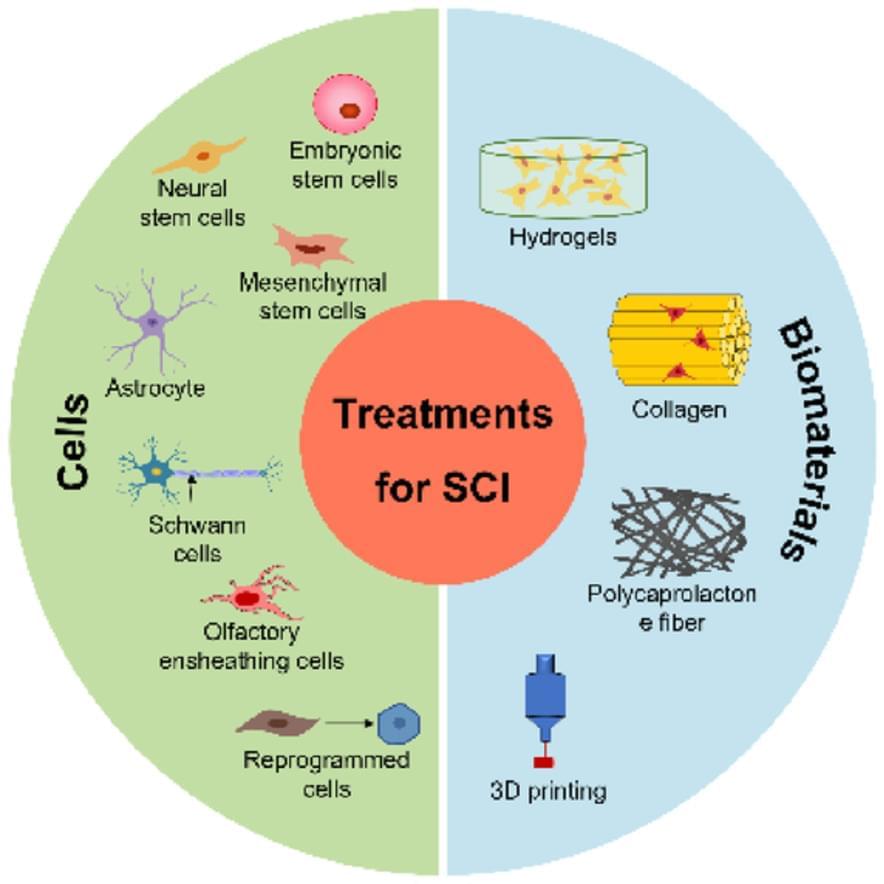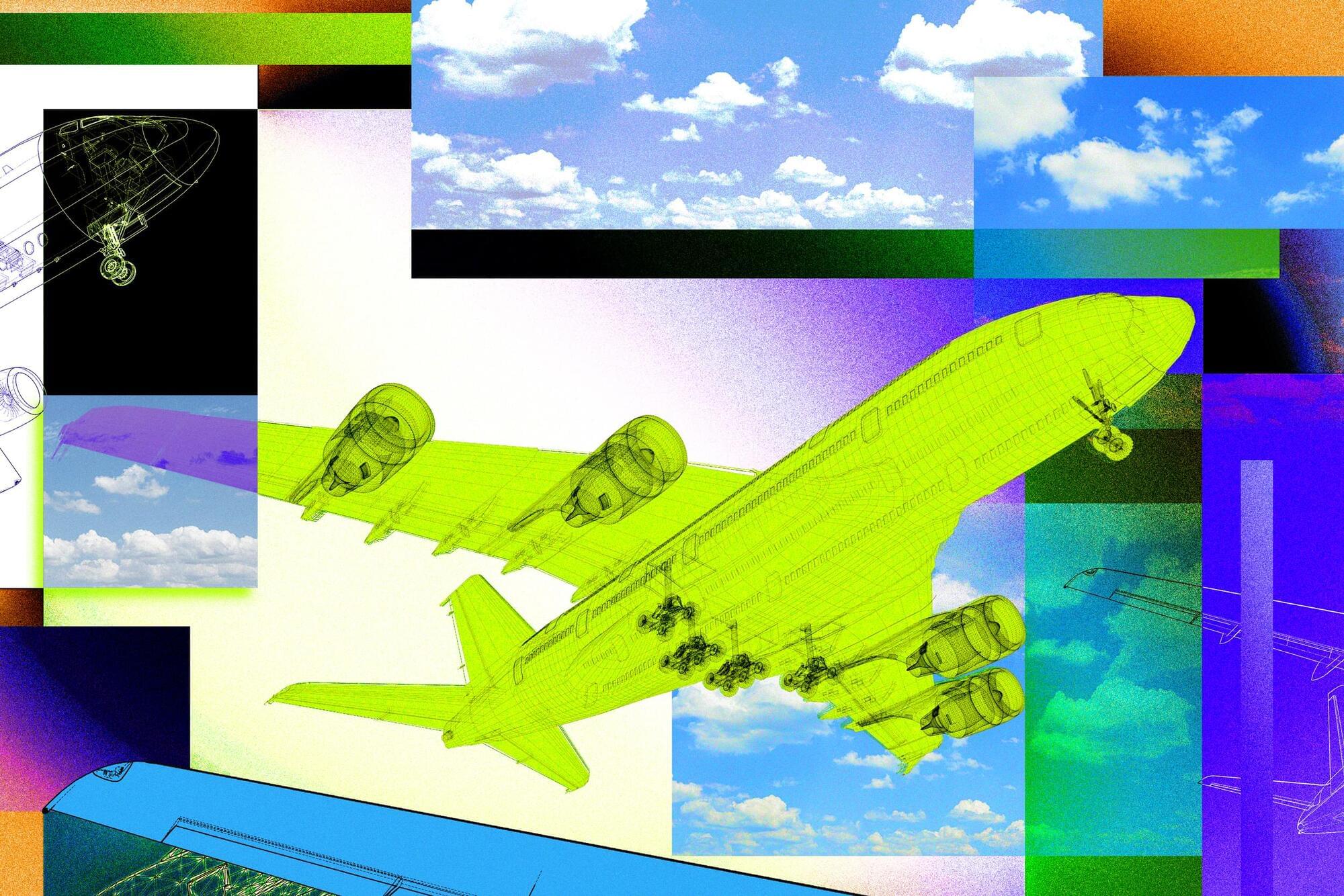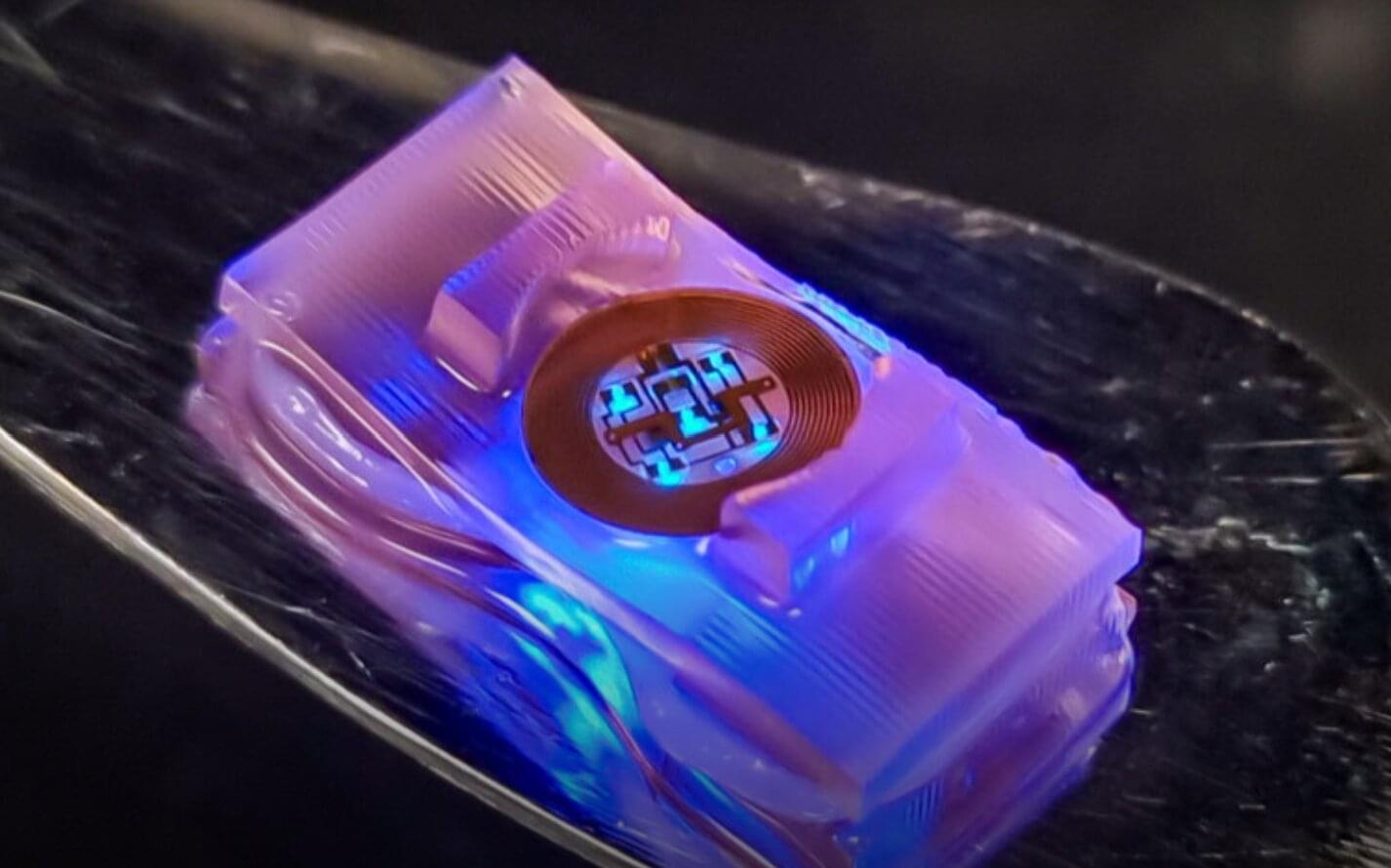Microrobots, small robotic systems that are less than 1 centimeter (cm) in size, could tackle some real-world tasks that cannot be completed by bigger robots. For instance, they could be used to monitor confined spaces and remote natural environments, to deliver drugs or to diagnose diseases or other medical conditions.
Researchers at Seoul National University recently introduced new modular and durable microrobots that can adapt to their surroundings, effectively navigating a range of environments. These tiny robots, introduced in a paper published in Advanced Materials, can be fabricated using 3D printing technology.
“Microrobots, with their insect-like size, are expected to make contributions in fields where conventional robots have struggled to operate,” Won Jun Song, first author of the paper, told Tech Xplore. “However, most microrobots developed to date have been highly specialized, tailored for very specific purposes, making them difficult to deploy across diverse environments and applications. Our goal was to present a new approach toward creating general-purpose microrobots.”








